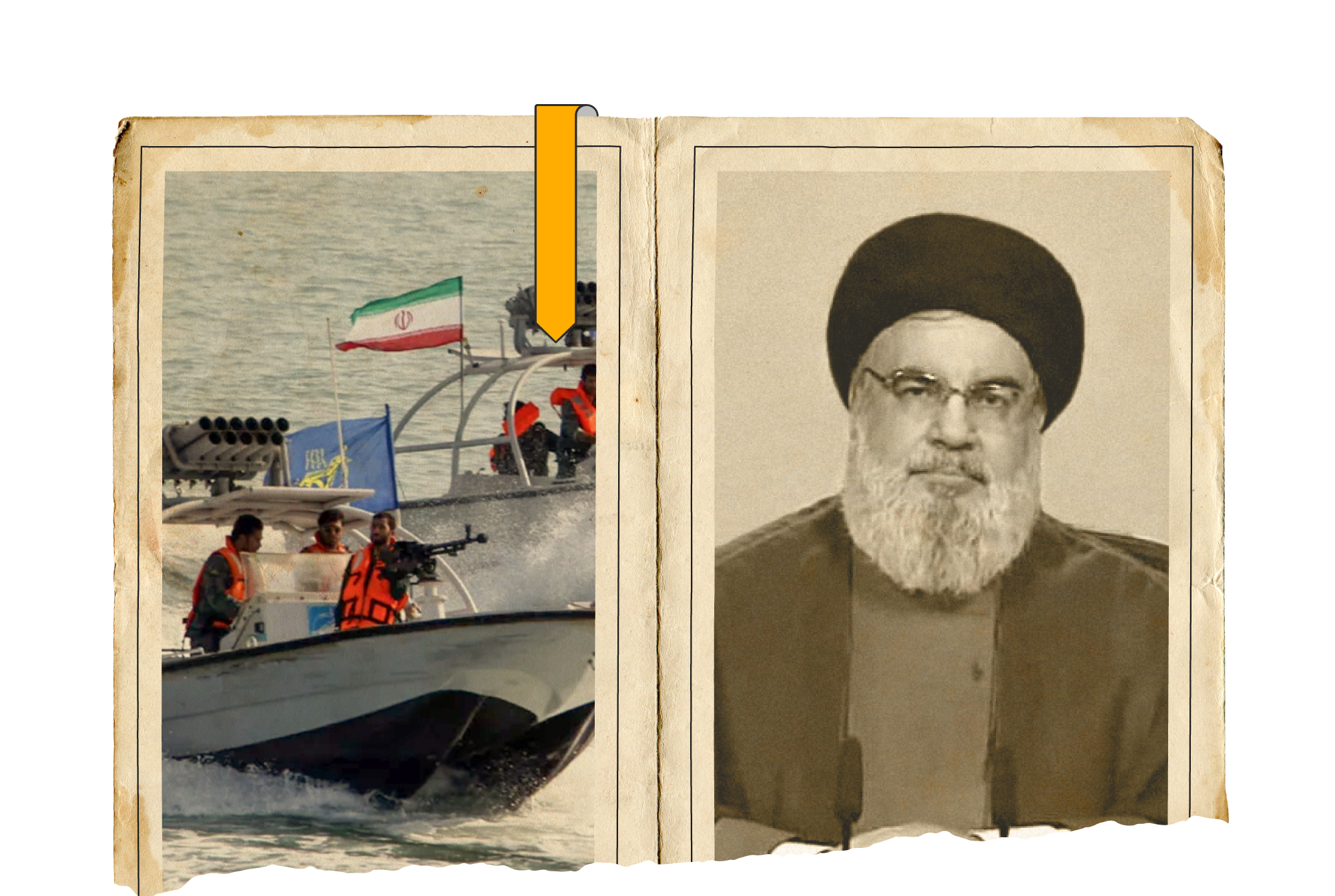
Iranian penetration of Yemen:
Straits Control Strategy: Hormuz-Bab Al-Mandeb
Iran’s penetration of Yemen was the last Persian penetration station in the Arab region (at the current stage), and one of the Iranian strategic goals that were set to place the Arab region between the jaws of the Iranian pincers, especially Yemen’s subjugation enables Mullahs to control the vital Bab al-Mandab Strait after they put their hands on the strategic Hormuz Strait.
Yemen has been a source of political, economic and sectarian attraction for the Mullahs, given its pivotal role in maritime navigation and Tehran’s political role projections without ignoring the sectarian dimension linked to the Twelve Zaydi junctions, also the “Sufyan revolution” that Ali al-Kurani al-Amili promoted in his book (Appearance Age) and its content talks about a revolution that will take place in Yemen, describing it as “the most pertinent flags in the reappearance age at all”… that its capital is Sana’a.
Yemen was a source of political, economic, and sectarian attraction for the Mullahs.

And if the Iranian ambitions are in its real a political-ethnic ambitions, then they have been encapsulated in a religious cover so that they are accepted by those who ignore the reality of the inner Persian goals. Here we find one of Iran’s tweezers in the region – Hassan Nasrallah – confirming this claim by saying: “What Iran is doing in our region is fulfilling its divine duty, these such doing are in harmony with its doctrine and religion.
Religious whims met with historical ambitions and strategic goals to make Yemen a constant target in Iranian foreign policy, especially this region had previously been subject to Persian occupation before Islam’s success in liberating this Arab country from the Persian grip, furthermore, it is clear that Iranian maneuvers are no longer restrained to the backstage and secret communications but the demands for the subjugation of Yemen became “public” and direct, which is what made Yemeni President Abd Rabbo Mansour accuse Iran, in October (2012), of seeking to control the strategic Bab al-Mandab Strait, and international community called to stop what he described as “imminent Iranian plans”.
The complex and “obsessed“ regional environment makes the Iranian presence in Yemen a real threat to the Arab Gulf, Perhaps these threats led the Arab Gulf states to pursue, monitor and stop Iran’s increasing penetration in Yemen, which took many forms, including: Intelligence activity, many Iranians in Yemen work to serve their political interests through modest medical centers, opening the door to commercial facilities for Yemeni figures sympathetic to Tehran, as well as supporting the terrorist rebel Houthi movement in northern Yemen added to this, opening up to the Brotherhood component that agreed with the Iranian thesis since the 1930s.
It can be said that the repeated infiltration operations have caused complications in the Yemeni political scene, and have created conflicting ideological tendencies, some of which have taken a socialist dimension, while others claim to represent the Sunni component in Yemen, added to this the Zaydi component, a large part of which has affiliated with the Iranian project in the region, which threatens to break-up the unified Yemen and converted into sectarian states, especially this fate can be accepted by the Brotherhood organization in Yemen, as well as the Houthi organization, in addition to the political trend that is active in the south.
Perhaps what worries the matter is the security, political, and even humanitarian repercussions of the Yemeni crisis on the rest of the Arab Gulf countries, which may take various forms, including:
- The security and military threat to the region, accompanying with cost and military effort.
- Planting sleeping Iranian cells in the region, starting from Yemen, moving with a kind of ease in light of the neighboring countries’ consideration of the humanitarian situation in Yemen.
- Tens of thousands of Yemenis could be displaced to Gulf border.
- The possibility of terrorist cells forming on Yemen’s security-fragile border areas, whose objectives are in line with Iran in an attempt to strike the region.
Coping Strategy:
The complex security environment in Yemen needs to consider reformulating a strategic drawing that corresponds to security and military compulsions. Here, we see the need to identify the opponent’s strengths and weaknesses to target the enemy’s centers of gravity, which can be summed up in four main goals: to strike the centers of gravity of the hostile military penetration which has a loyal to an external powers; Supporting the Al-Ahwaz region independence to build a strategic shield wall, depriving Iran from the most important sources of financing to the military effort, also working on the media front, by raising Iranian people awareness of internal exhausting caused by Persian expansionist policies in the region, also rethinking to win new regional alliances that considering Iran is “currently” the most dangerous threat to the national security of Arab countries in general, and the Arab Gulf states in particular.


- Jamal Wakim, Eurasia, the West, and Hegemony over the Middle East (Beirut: Dar Abaad, 2016).
- Jihad Abdul Rahman Ahmed, “Yemeni-Iranian Relations and Its Impact on Arabian Gulf Security” an article published on the website of the East Future Center for Studies and Research.
- Radwan Al-Sayed, Arabs and Iranians: Arab-Iranian Relations in the Present Time (Beirut: Arab House for Science Publishers, 2014).
- Samuel Ramani, Iranian Post-Conflict Vision in Yemen, Carnegie Foundation, December 11 (2019).
- Carl von Clausewitz, On War, translated by: Salim El Emami (Beirut: The Arab Foundation, 1997).

